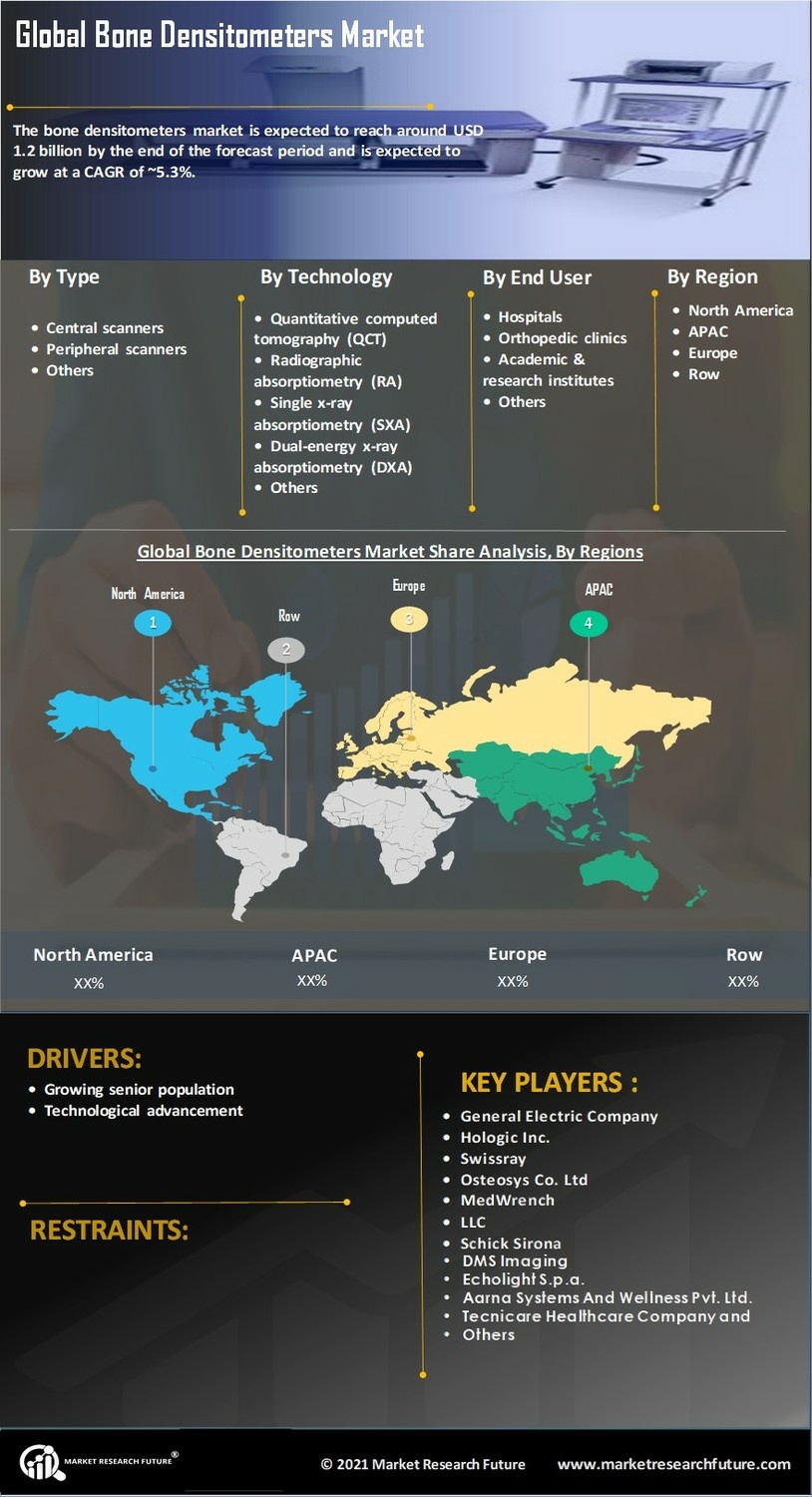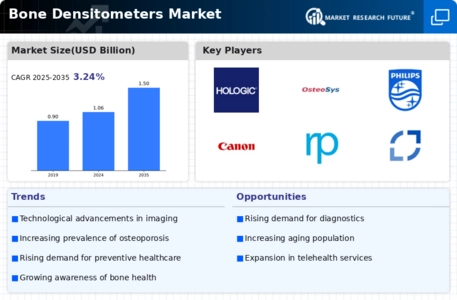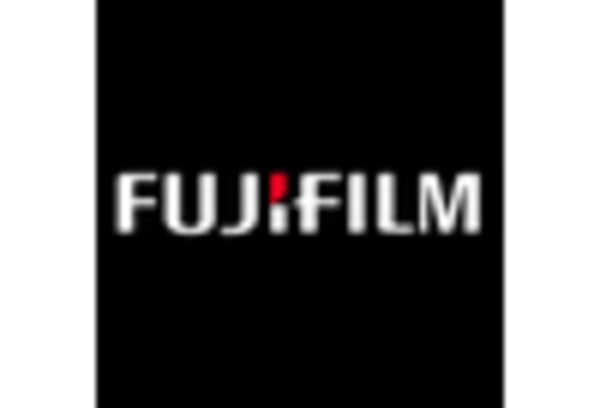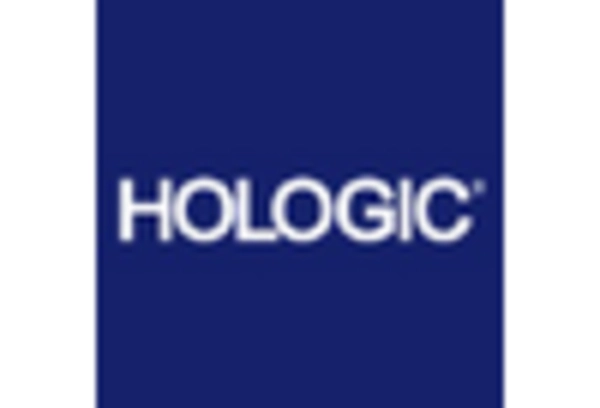The competitive landscape of the bone densitometers market is characterized by a dynamic interplay among key players, each striving to enhance their product offerings, expand market reach, and leverage innovations in technology.
The increasing prevalence of osteoporosis and other bone-related disorders has propelled growth in this market, with a steady rise in the demand for advanced diagnostic tools to measure bone density effectively. The competitive arena is shaped by advancements in technology, regulatory compliance, and strategic marketing practices.
Companies are not only focusing on product development but are also investing in research and development to create cutting-edge solutions that cater to diverse customer needs globally.
Collaborations, partnerships, and acquisition strategies are also prevalent as organizations seek to solidify their market positions while addressing the rising demand for bone densitometry diagnostics across various healthcare settings.
Hologic stands as a formidable player in the bone densitometers market, recognized for its innovative imaging technologies and specialized bone health solutions. Hologic's strength derives from its advanced dual-energy X-ray absorptiometry (DEXA) equipment, which provides precise measurements and contributes to accurate diagnosis and treatment planning for osteoporosis.
The company has established a strong global presence through strategic partnerships and an extensive distribution network, enabling access to its technologies in both developed and emerging markets.
Hologic’s commitment to research and continuous innovation positions it as a reliable provider in the industry, allowing it to maintain a competitive edge while catering to healthcare professionals' diverse needs in managing skeletal health.
XRF Technologies plays a noteworthy role within the bone densitometers market, focusing on providing enhanced diagnostics for bone health. Known for its development of portable and user-friendly densitometers, XRF Technologies emphasizes the importance of accessibility in diagnostic imaging.
The company's products, rooted in cutting-edge X-ray fluorescence technology, offer a unique approach to measuring bone mineral density with remarkable efficiency and accuracy. With a strategic approach to market presence, XRF Technologies has been actively expanding its service offerings through key mergers and acquisitions that enhance its product portfolio and operational capacity.
By cementing partnerships with healthcare facilities worldwide, XRF Technologies has strengthened its footprint in the market while catering to the increasing need for reliable bone health assessments, positioning itself for continued growth and innovation in the global landscape.



















Leave a Comment